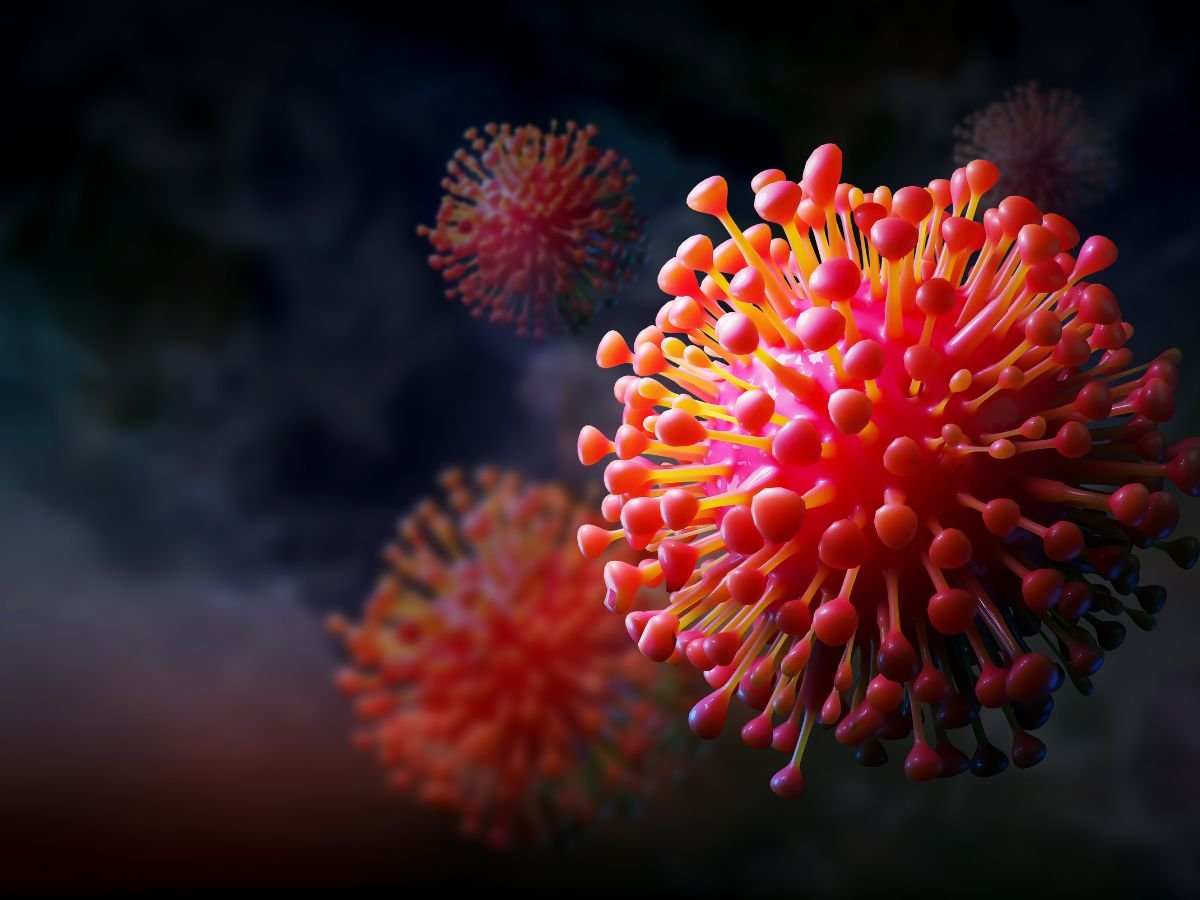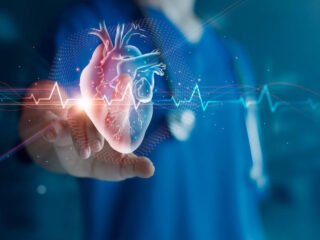New Delhi, 17 June 2025: As COVID-19 cases continue to rise in several parts of the country. Health experts are sounding the alarm on a lesser-known but serious complication linked to the virus—Deep Vein Thrombosis (DVT). This condition, which involves the formation of blood clots in deep veins (usually in the legs), has increasingly observed in patients during and after COVID-19 infection. Doctors say the risk is particularly high in hospitalised patients. Individuals with comorbidities, and those recovering from moderate to severe COVID symptoms. Especially if they’ve experienced long periods of inactivity or bed rest.
DVT is dangerous because the blood clot can break loose and travel through the bloodstream to the lungs. Causing a potentially fatal condition known as a pulmonary embolism (PE). According to recent medical data, many post-COVID patients are returning to hospitals with unexplained swelling, leg pain, or shortness of breath—classic signs of clot formation and migration. Some of these patients had mild or asymptomatic COVID initially but developed DVT weeks later. Underscoring the need for continued monitoring well beyond the acute infection phase.
Medical researchers believe that the novel coronavirus triggers inflammation and abnormal blood clotting. Even in younger individuals with no previous history of clotting disorders. This is due to the virus’s ability to damage blood vessel linings and alter the body’s immune and coagulation responses. Studies published in international journals confirm that COVID-19 is a prothrombotic disease. Meaning it increases the likelihood of blood clot formation throughout the body. In fact, D-dimer levels—a marker for blood clot activity often significantly elevated in COVID patients and now routinely monitored in hospitalised cases.
Dr. Rajeev Singhal, a senior vascular specialist based in Delhi. Warns that the public should not assume recovery from COVID-19 means a complete return to normal. “Even after symptoms subside, the body’s internal systems are still recalibrating. One of the most concerning effects is hypercoagulability, or an increased tendency of the blood to clot. We’ve seen patients who tested negative weeks ago but later returned with DVT or pulmonary embolism,” he explains. He adds that risk factors such as obesity, diabetes, smoking, prolonged immobility, and prior clotting history can further raise the chances of developing DVT post-COVID.
DVT symptoms may include persistent pain or cramping in the leg, swelling (especially in one leg), warm skin, and a reddish or bluish skin tone over the affected area. If the clot travels to the lungs. It may cause chest pain, sudden shortness of breath, rapid heartbeat, coughing up blood, and in severe cases, collapse. Health experts urge people to be alert to these symptoms, especially in the weeks following COVID recovery. Prompt medical evaluation and imaging tests like Doppler ultrasound can confirm the diagnosis and prevent complications.
To reduce the risk of DVT, doctors recommend simple but effective measures: stay physically active. Avoid prolonged sitting or lying down, stay hydrated, and monitor any unusual leg symptoms. In moderate to high-risk patients, blood thinners (anticoagulants) may prescribed during and after hospitalisation to reduce clotting risk. Compression stockings and physiotherapy can also aid circulation, especially in those recovering from COVID-19 cases in intensive care units.
Several hospitals are now including DVT risk assessment in their COVID discharge protocols. Patients advised to continue wearing compression stockings, follow up with D-dimer tests if advised, and watch out for leg pain or swelling. Families also educated to seek help immediately if post-COVID patients complain of discomfort in the lower limbs or breathing difficulty.
The World Health Organization and Indian medical bodies have acknowledged thrombosis as a serious complication of COVID-19 and recommend risk stratification, especially for hospitalised individuals. A multi-disciplinary approach involving pulmonologists, cardiologists. Vascular surgeons, and physiotherapists now adopted by many hospitals to manage these post-COVID risks holistically.
What are experts saying? The current surge in COVID-19 cases is not just reviving concern over respiratory symptoms. But also bringing back attention to vascular complications like deep vein thrombosis, which can be life-threatening if undetected. The key to prevention lies in early recognition, timely intervention, and consistent follow-up care. Health experts advise that even after testing negative, individuals must remain cautious, keep moving, stay hydrated, and report any warning signs to their doctors without delay.






